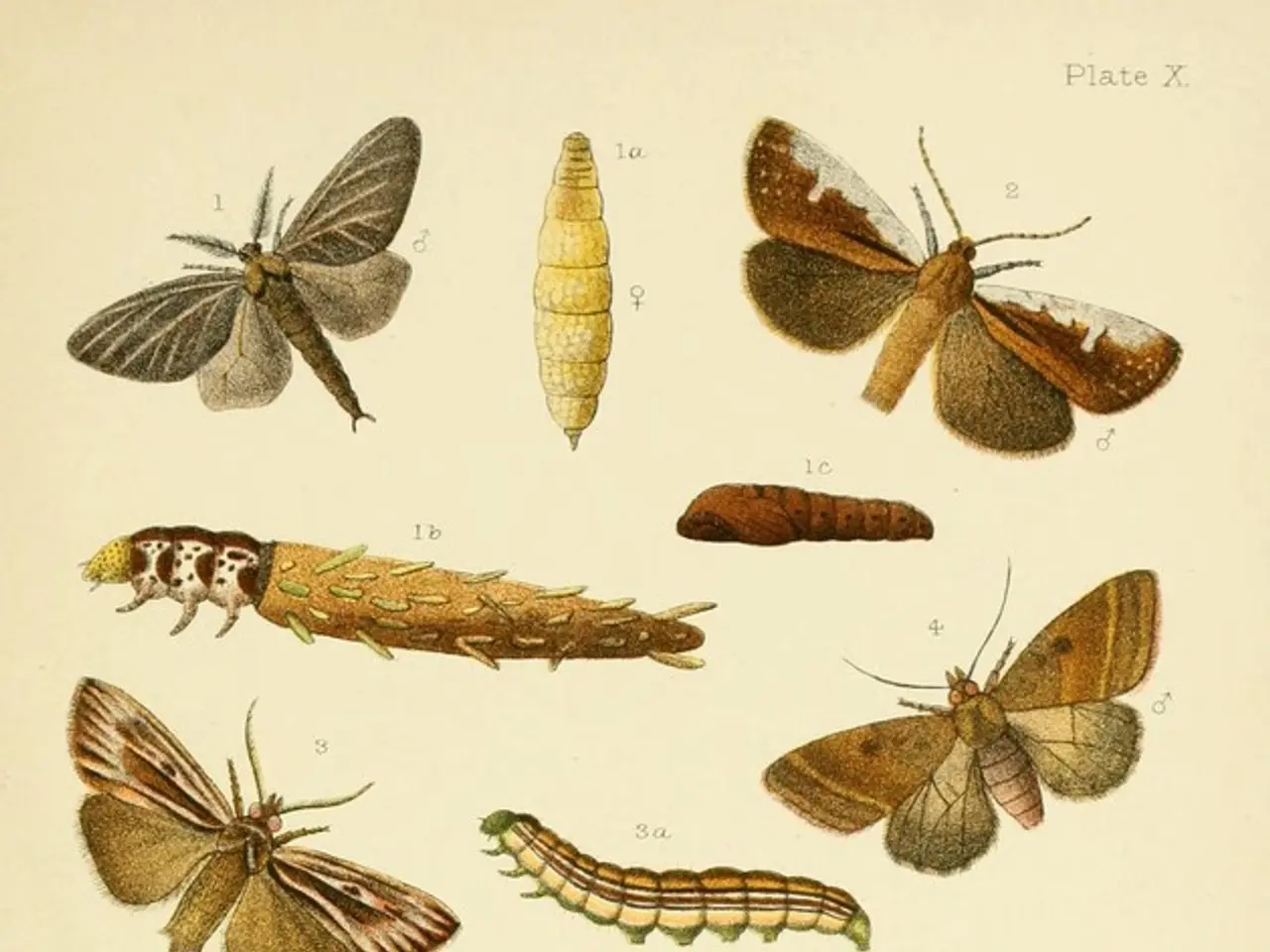Wasps' aggressiveness: is it innate or human influence?
Wasps Become More Aggressive in Late Summer
As summer reaches its peak, a common occurrence becomes more frequent - wasps becoming more aggressive towards humans. This change in behavior is primarily due to the maturity and growth of wasp colonies, and the dwindling of natural food sources as autumn approaches.
By late summer, wasp colonies can reach thousands of workers, leading to increased territorial and defensive behavior around their nests. This heightened sense of protection makes wasps more likely to sting when disturbed or threatened.
The scarcity of food drives wasps to become more desperate, intensifying their foraging efforts. This increased activity leads to more encounters and aggression towards humans. Some species, like yellow jackets, even release alarm pheromones to recruit nestmates for coordinated defense, making stinging incidents more severe during this period.
Paper wasps, on the other hand, tend to have a warning behavior before stinging but become more defensive later in the season.
This pattern is well-documented across various wasp species and regions, explaining why late summer sees the most aggressive wasp behavior and the highest sting risks.
It's important to note that wasps are not generally aggressive, but their behavior can make them a nuisance towards the end of summer. To avoid wasp attacks, covering food well and staying calm are advised.
During outdoor festivals and celebrations, wasps are attracted to food sources. However, hoverflies, which look similar to wasps, are completely harmless and can't sting. Hoverflies hover in the air but stay still, unlike wasps that move back, left, or right when going to a food source.
Professor Giovanni Galizia, a professor of neurobiology and zoology at the University of Konstanz, explains that the bright yellow head of a wasp has a black dot, while a bee's head is "rather brown". Bees, unlike wasps, don't intentionally come to the table or care about humans, as they get all their proteins from pollen.
Wasps are attracted to protein sources, such as meat and sausages, during barbecues. They also search for protein for their offspring, which can be found in cheese, dead insects, or small meat scraps. Wasps may also be attracted to human food like cake, sausages, and ice cream.
In rare cases, stings in the mouth or throat can be life-threatening for humans due to swelling that leads to difficulty breathing. If you are allergic to wasp stings, it's crucial to seek immediate medical attention.
Despite their aggressive behavior, wasps play an essential role in the ecosystem, particularly in controlling pest populations. Understanding their behavior can help us coexist peacefully with these insects.
One might consider adopting a lifestyle that prioritizes indoor activities during late summer to minimize encounters with aggressive wasps and reduce the risk of stings. Additionally, homeowners and pet owners could take extra precautions to secure their home-and-garden areas to prevent wasp nests, as pets, too, might unwittingly disturb these aggressive insects.








